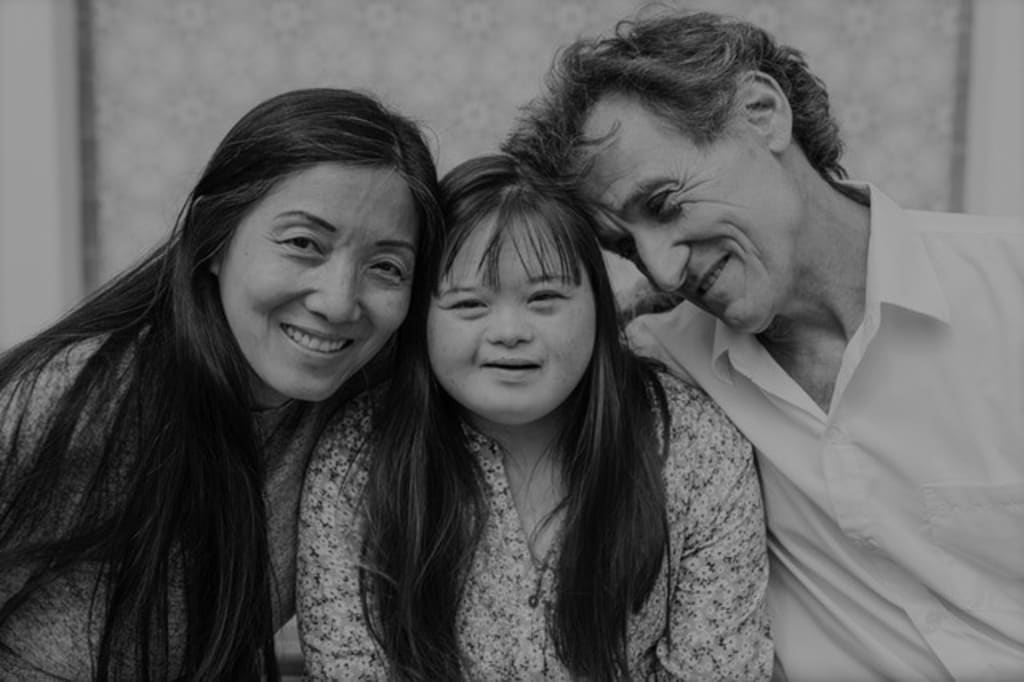This time Autism comes with a solution
How to handle Autistic kids? What is Autism, features, Causes, Diagnosis, and solution?

Do you have questions in mind for your child or as a professional?
It’s not about finding the right answers; it’s all about asking the right questions. If you have focused questions then you get focused answers. If you can’t phrase but you have exactly these questions in mind or even more then get ready you are going to get answers. Read the questions below:
- Do you want to enhance your child’s capacity to self-love?
- Do you want to use ABA (Applied Behaviour Analysis) intervention in the family routine?
- Do you want to know which ASD therapies work?
- What could be the sensory solutions for life?
- Autism and ADHD: Do you know how to help with co-occurring conditions?
- Do you want to calm Self-injurious behavior with a simple touch?
- How to be the hero in your life?
- Do you want to know the myths about autism?
- Do you want to know the new game helps young ASD boys see the world differently?
- Do you want to know the thoughtful advice for parenting neurotypical siblings?
- How creative activities help to enhance Gross motor skills?
- What are the benefits available to families with special needs kids?
- How to be aware of potentially dangerous friends for your child?
- Do you want to learn things from the child therapist?
- What are the new and improved approaches to social skills?
- How family and community inspires special needs woman to reach for the stars?
- What are the 10 points to keep in mind when looking for love?
- How to find the special needs trust that’s right for your family?
The answers to questions related to Autism are available in Autism Parenting magazine and I give you a free link to get the latest issue for the magazine. Click here or on the box below mentioning Autism Parenting Magazine to get your free issue and get familiar with Autism Parenting Magazine.
If you like the Autism Parenting Magazine and want to buy yearly subscription for handling Autism then click here
If you want to know what is Autism, causes, features, diagnostic criteria then do read the whole blog.
What is Autism Spectrum Disorder?
Autism spectrum disorder is a broad social disorder that affects the way someone communicates & interacts with others. It’s called a spectrum because each person with autism spectrum disorder is affected differently. Two subjects with Autism spectrum disorder can’t be the same. Different people with Autism spectrum disorder fall along a spectrum, and along this spectrum, there are different symptoms, challenges, abilities that vary a lot in severity and between different people with ASD. Few signs are common among subjects with ASD and they are:
- Communication & Social Signs:
- Trouble understanding emotions & Behaviours (Degrees of trouble understanding the behaviors of others, maybe a little, maybe a lot, it varies a lot between different subjects with the disorder.
- Trouble expressing wants & needs
2. Behavioral Signs:
- Restrictive interests
- Repetitive behavior like routine, lining up toys, repeating words.
3. Responses to environmental stimuli:
- The higher the stimuli strength, the greater the response, but subjects with Autism spectrum disorder may show different responses, which may be the opposite of the people without Autism spectrum disorder.
What are the causes of Autism spectrum disorder?
The cause of Autism spectrum disorder is still unknown but few things need to be focused upon:
- If one of the family members has Autism spectrum disorder, then there is a higher level of chance of also having Autism spectrum disorder.
- Boys are more likely than girls to develop Autism spectrum disorder
- When parents have kids an older age, the higher the chances that the kid will have an Autism spectrum disorder
These points suggest that maybe genetics play the part of a role in the development of Autism spectrum disorder.
How to diagnose Autism spectrum disorder? Or what are the diagnostic criteria of Autism spectrum disorder?
To read the proper diagnostic criteria for Autism spectrum disorder as per DSM-V, you need to click here.
What are the characteristic features of Autism?
1. Autism (marked impairment in reciprocal social and interpersonal interaction):
- Absent social smile
- Lack of eye-to-eye contact
- Lack of awareness of others' existence or feelings; treats people as furniture
- Lack of attachment to parents and absence of separation anxiety
- No or abnormal social play; prefer solitary games
- Marked impairment in making friends
- Lack of imitative behavior
- Absence of fear in presence of danger
2. Marked impairment in language and non-verbal communication:
- Lack of verbal or facial response to sounds or voices; might be thought as deaf initially
- In infancy, absence of communicative sounds like babbling
- Absent or delayed speech (about half of autistic children never develop useful speech)
- Abnormal speech patterns and content. Presence of echolalia, perseveration, poor articulation and pronominal reversal (I-You) is common
- Rote memory is usually good
- Abstract thinking is impaired
3. Abnormal behavioral characteristics:
- Mannerisms
- Stereotyped behaviors such as head-banging, body-spinning, hand-flicking, lining-up objects, rocking, clapping, twirling, etc.
- Ritualistic and compulsive behavior
- Resistance to even the slightest change in the environment
- Attachment may develop to inanimate objects
- Hyperkinesis is commonly associated
4. Mental Retardation:
Only about 25% of all children with autism have an IQ of more than 70. A large majority (more than 50%) of these children have moderate to profound mental retardation. There appears to be a correlation between the severity of mental retardation, absence of speech, and epilepsy in autism.
5. Other features:
i. Many children with autism particularly enjoy music.
ii. In spite of the pervasive impairment of functions, certain islets of precocity or splinter functions may remain (called idiot savant syndrome). Examples of such splinter functions are prodigious rote memory or calculating ability, and musical abilities.
iii. Epilepsy is common in children with an IQ of less than 50.
The course of infantile autism is usually chronic and only 1-2% become near normal in marital, social, and occupational functioning. A large majority (about 70%) lead dependent lives.
References:
- Autism Parenting Magazine
- A Short Textbook of Psychiatry by Niraj Ahuja
About the Creator
The Psychologist Blog
I am a counselor psychologist professional, I blog about mental health in English & Hindi language.






Comments
There are no comments for this story
Be the first to respond and start the conversation.